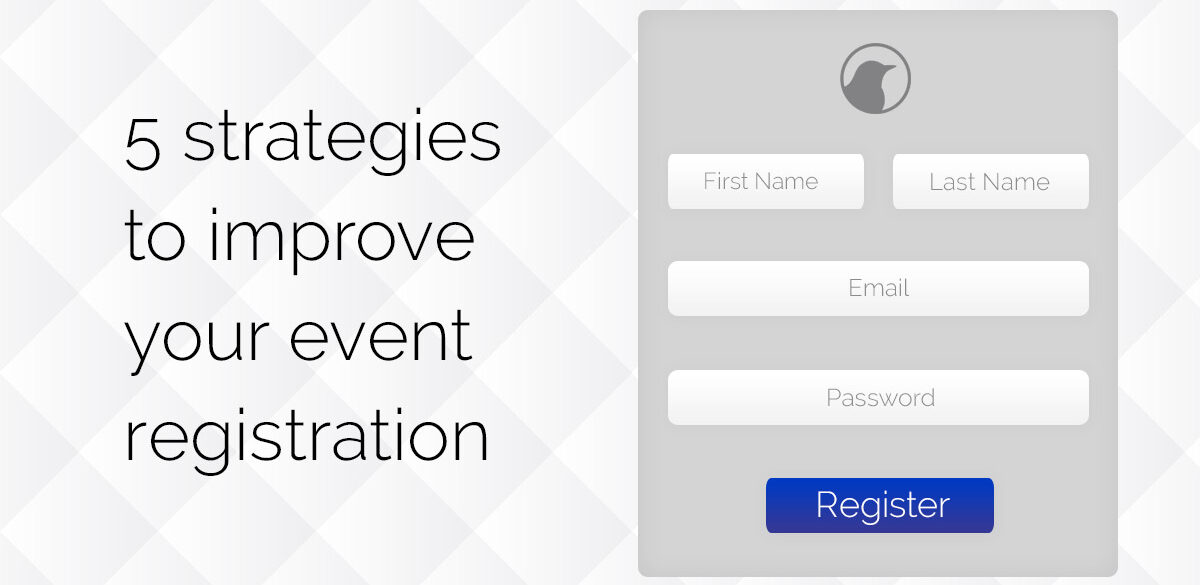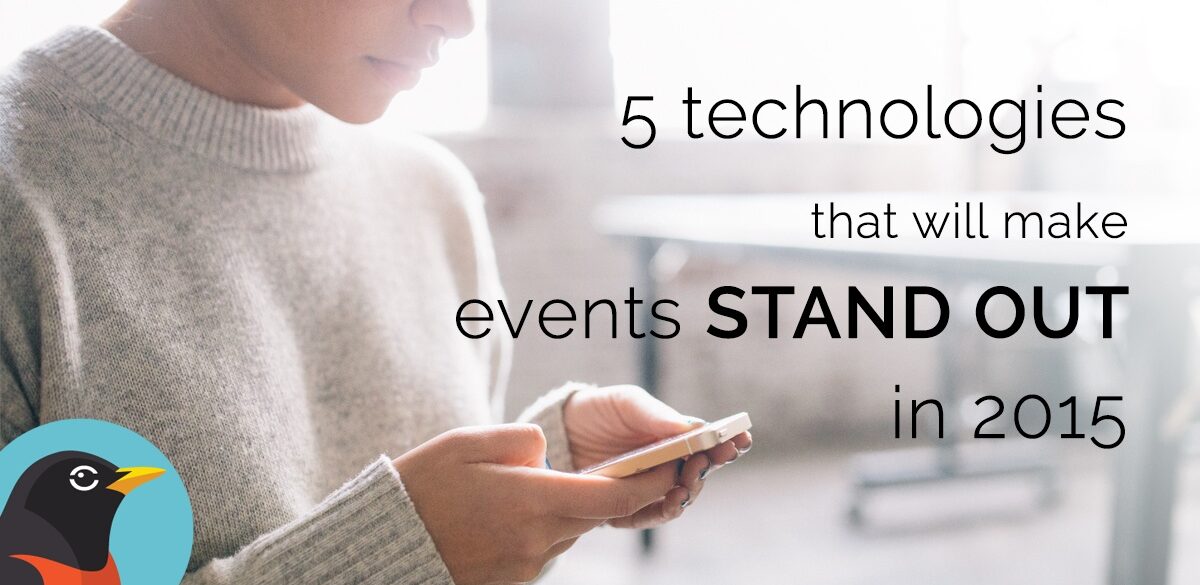A simple, well designed registration process can have a huge impact on the success of an event. Small details can be critical so it is important to carefully plan this stage to decrease complications and promote higher attendance. Simplify your conference’s registration process with these 5 strategies to improve the experience for your attendees and ensure registrations are completed as quickly and efficiently as possible.
1. USE A MOBILE-FRIENDLY EVENT REGISTRATION PROCESS
With an increasing number of people using their mobile devices to go online, it is very important to ensure the online registration process is mobile-friendly. This means that your conference’s registration should be accessible, not only from a desktop computer, but also from any tablet or phone. By taking this step, you offer your registrants the convenience of registering immediately from wherever they happen to be. Attendease uses the latest in mobile web technology to ensure our forms work on any device.
2. OPT FOR SHORT REGISTRATION FORMS
When designing your registration process, opt for shorter registration forms. This is especially prudent as conference websites become more mobile-friendly; no one wants to fill out a lengthy form on their phone. By opting for a short enrollment form, you decrease the chances that a potential customer will exit the process before completion. If you design your online event registration forms to be quick and easy, you will increase the number of attendees who complete the process.
3. MAKE SURE YOUR REGISTRATION FORM MATCHES THE LOOK AND FEEL OF YOUR EVENT WEBSITE
A professional, consistent look between your conference’s website and the online registration form helps potential attendees feel comfortable with the process.. If registrants land on a page that looks nothing like the site they came from, they might feel like they are in the wrong place and hesitate to complete the form. Keeping a consistent representation of your brand gives your registrant confidence in your company and conference. Attendease event websites have been designed with fully-integrated registration. The conference registration forms built with our drag-and-drop form builder will perfectly match the look and feel of your company’s existing website.
4. ONLY ASK FOR DETAILS YOU REALLY NEED
When building your questionnaire, focus on the most important information. These are the details that will directly improve or impact the registrant’s experience at your conference. If the online event registration form becomes too complex or asks too many personal questions, potential registrants may abandon the form. Every field you remove will increase the chance that the enrollment process will be completed.
5. ENSURE YOUR REGISTRATION FORM WORKS IN ALL MAJOR BROWSERS
Whether you are developing your own registration form, using a plug-in, or using online event registration software, you will want to test your form in each of the major browsers. What looks good or works in one browser may not work in another. Most issues are fairly minor such as alignment or spacing inconsistencies, but in some cases your form may not work at all. If someone can’t complete their enrollment, it reflects poorly on your company and you lose the registration. Most people will not take the time to tell you that they experienced a problem. Attendease ensures that our registration forms display correctly and work consistently across all major browsers.
The registration process may be one of the most important considerations when planning an event. Without simple, well designed forms and pertinent questions, you risk losing potential customers. To improve the process consider a registration form builder that produces mobile-friendly forms that are stylistically consistent with the rest of your website.
What strategies do you use when designing your registration? We would love to hear from you so leave a comment below or send us a tweet at @Attendease
Troy Kasting
Marketing Coordinator




